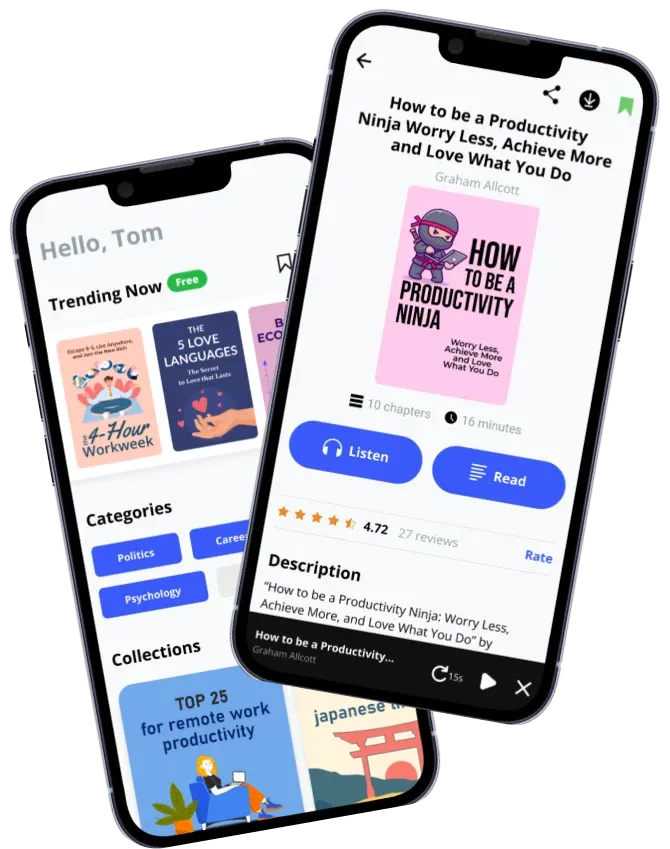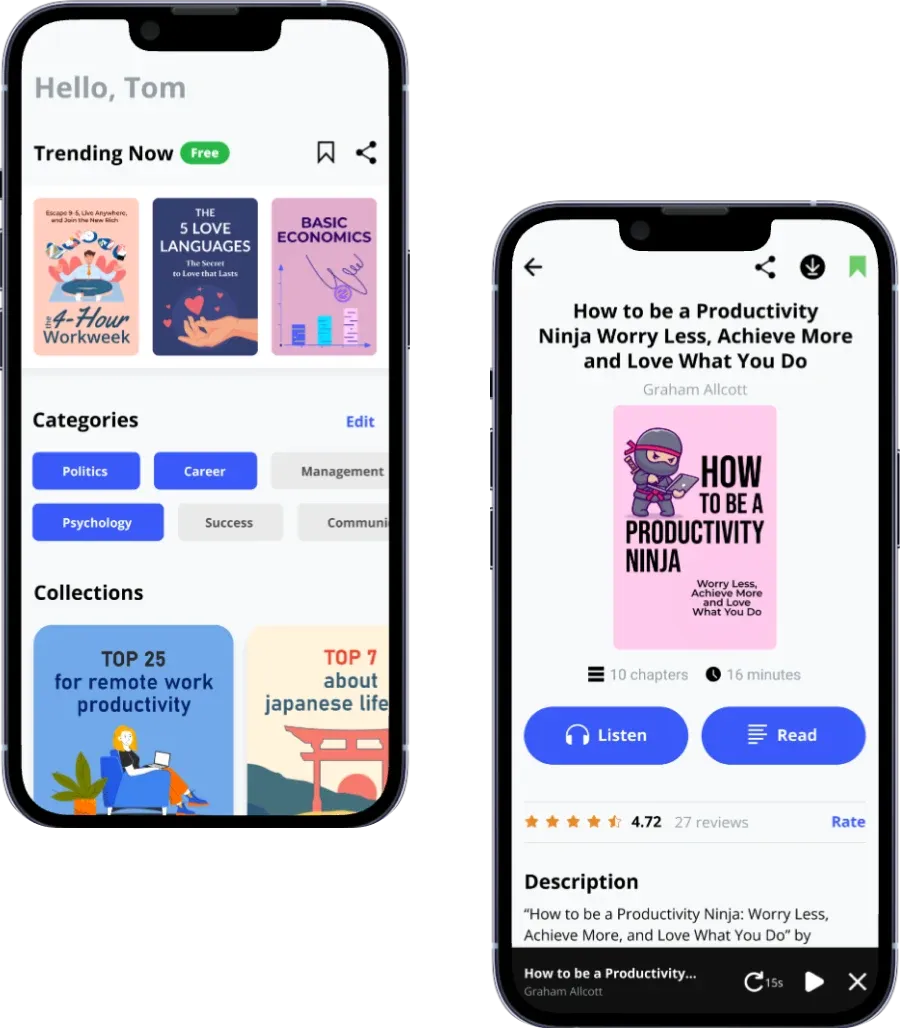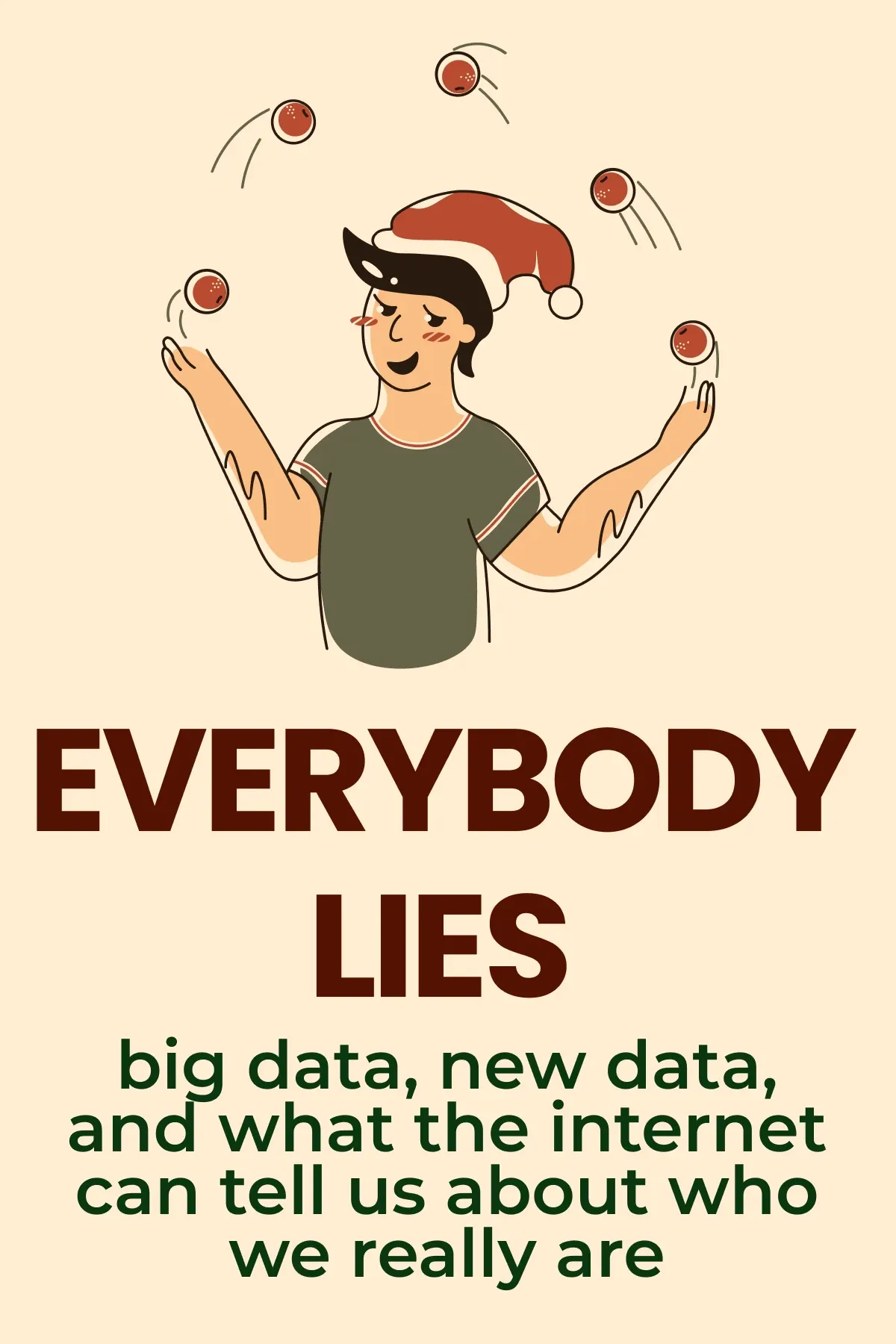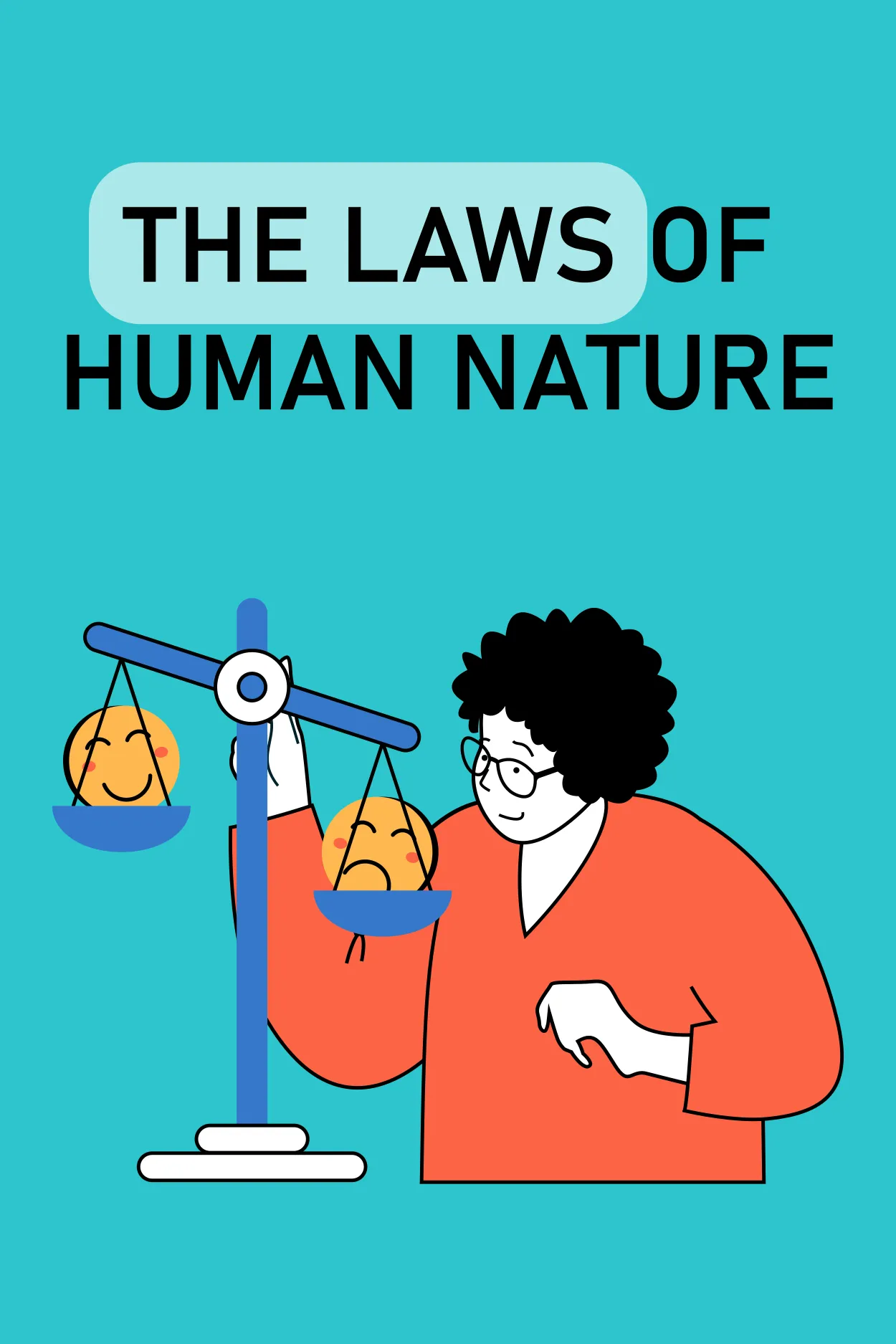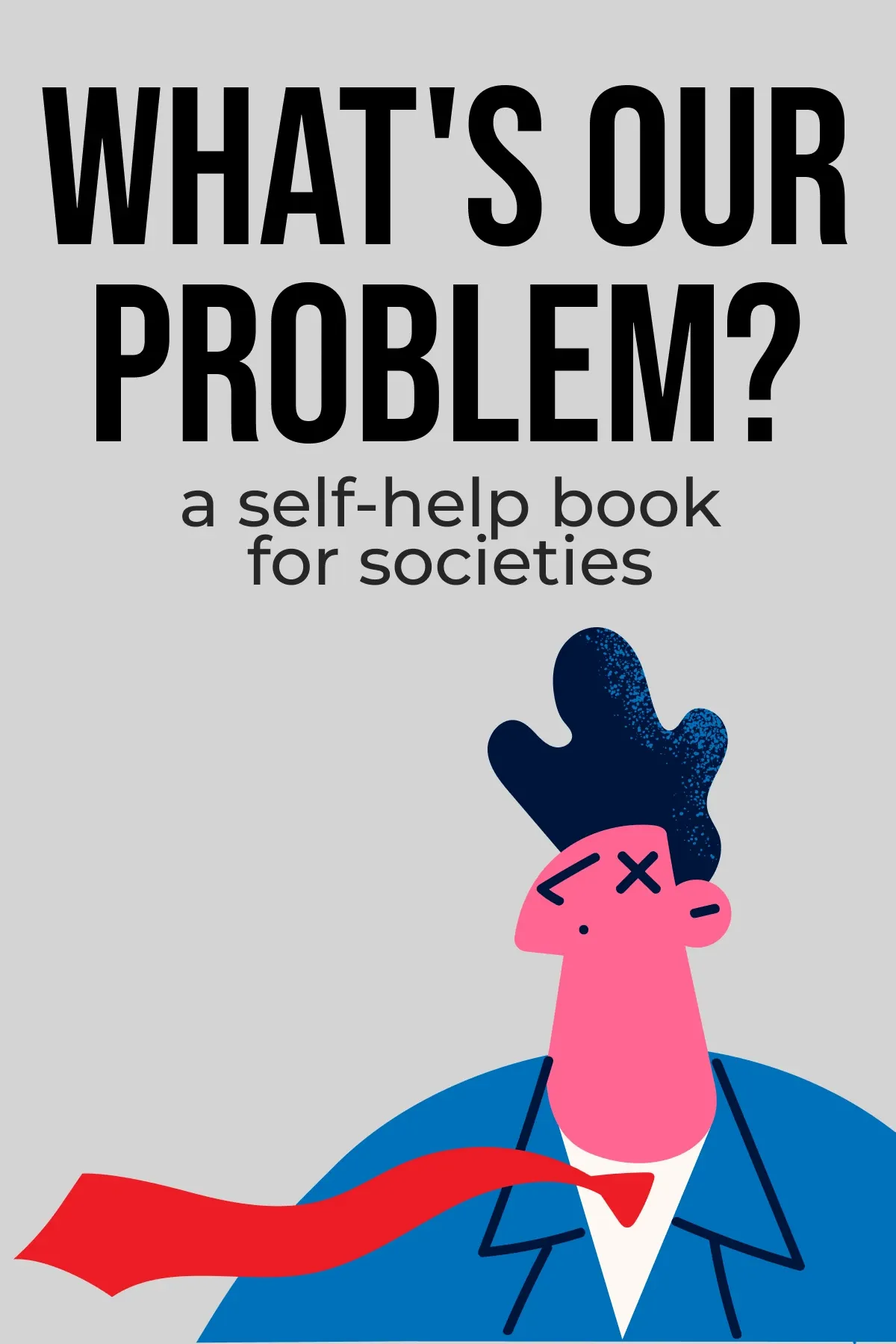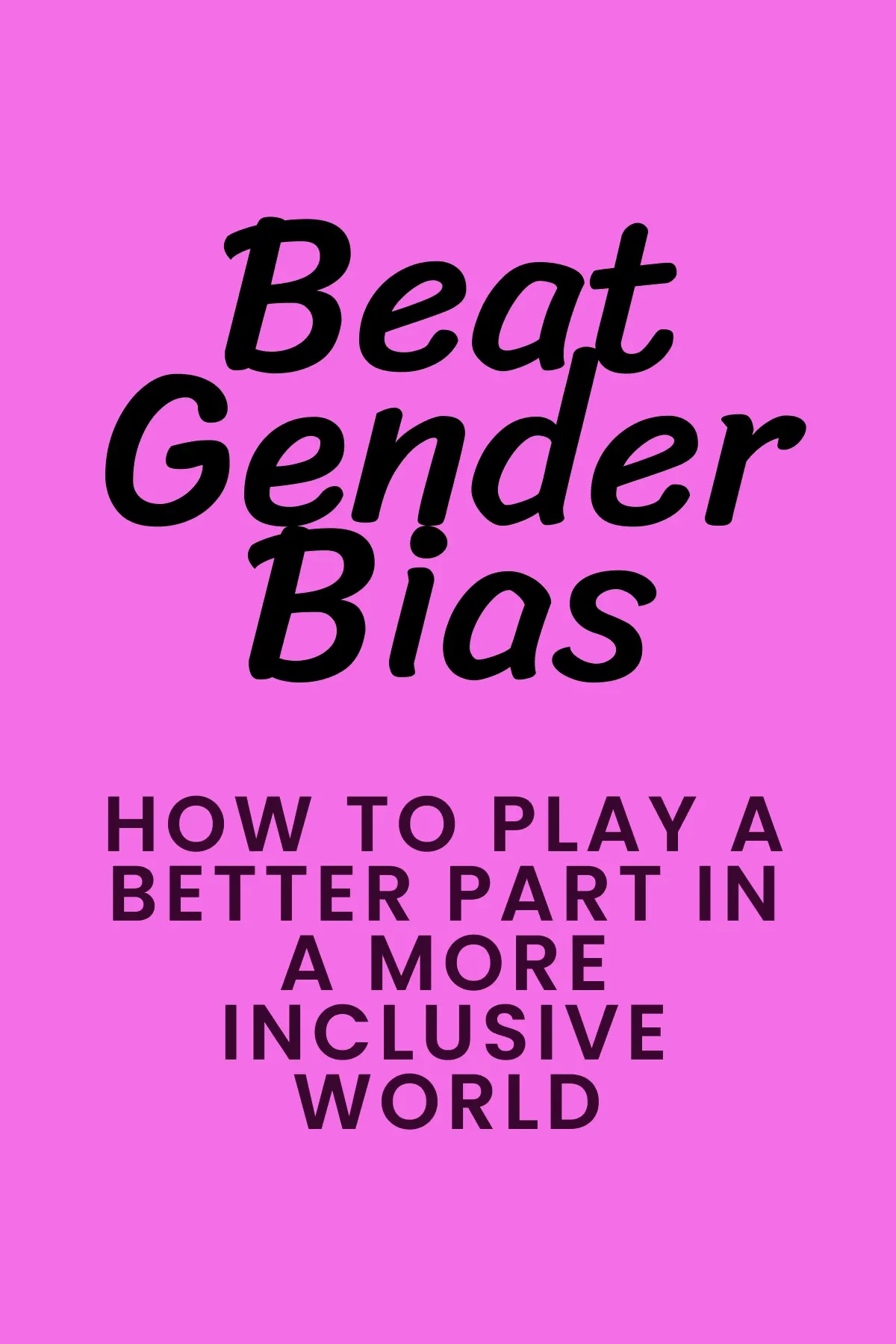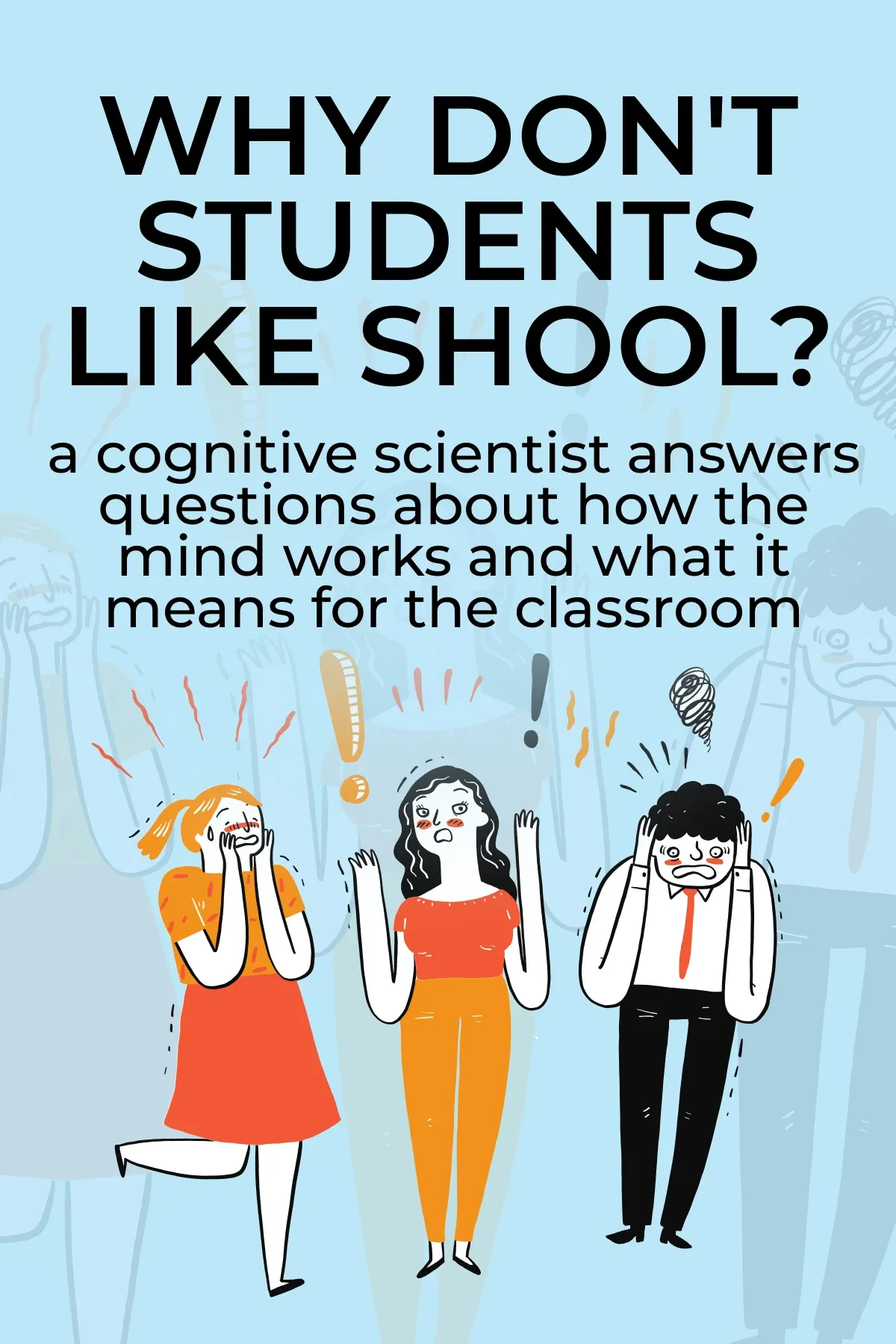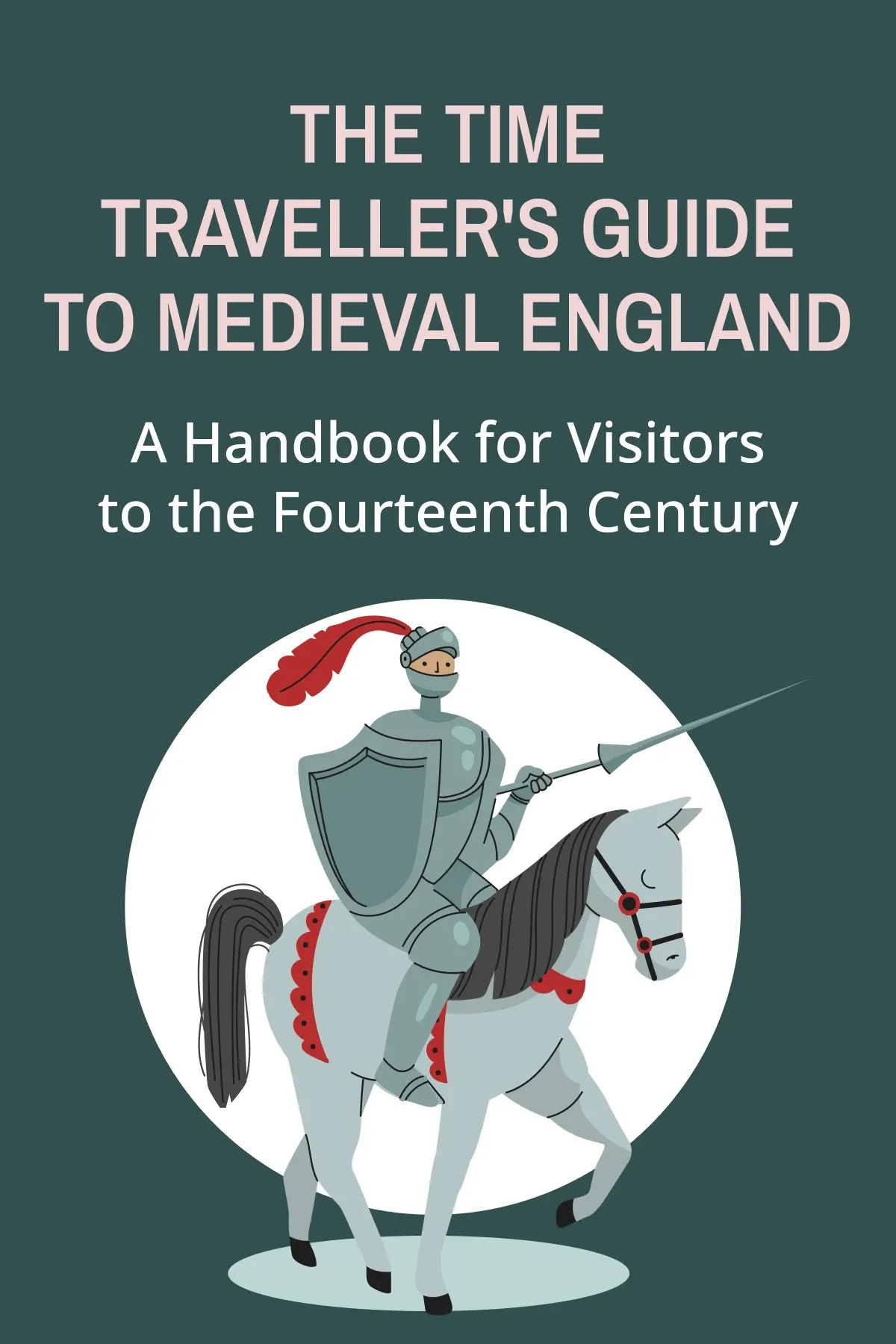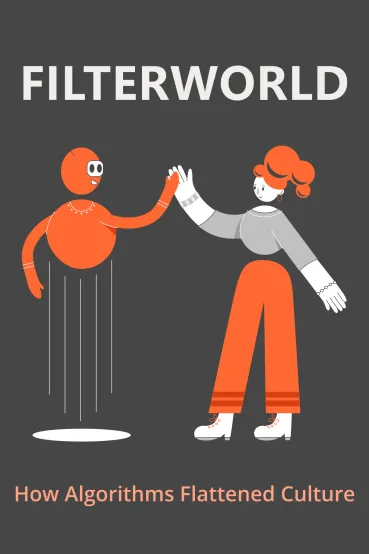
Filterworld
Brief Summary
“Filterworld: How Algorithms Flattened Culture” (2024) by Kyle Chayka is an accessible primer to the modern globalized world that will explain how the algorithms work. Chayka sheds light not only on the benefits of algorithms in social media but also on their negative aspects and ways of dealing with them.
Key points
Key idea 1 of 6
In the modern world, we often hear the term “algorithm,” especially when it comes to social media. An algorithm is a particular set of actions aimed at obtaining a specific result. You’ll be surprised if you pay attention to how many things in your daily life are based on algorithms. Did you know that this concept is not new but existed thousands of years before our era?
For example, in ancient Babylon, the region now known as Iraq, certain logical and mathematical algorithms were used to automate work. Later, algorithms were used by the inhabitants of ancient Greece and the entire Islamic world. In the Middle Ages and the Renaissance, algorithms were an integral part of all inventions. Moreover, during World War II, they helped to feed the Nazis’ secret codes.
The importance of algorithms increased significantly after the first computers appeared. Ada Lovelace, the first computer programmer, worked on the development of algorithms. She was one of the first to propose that mechanical repetitive actions could be used in areas other than mathematics. Thus, algorithms have become an integral part of the computer industry and remain so to this day.
Today, one of the most striking examples of algorithms is our recommendations and news feeds on social media. Have you ever thought about how your recommendations on Facebook or Instagram are formed? Why do you always see not just any news but the things you are interested in? The answer is simple: your online activity is tracked, and every action becomes a signal that triggers the algorithm.
In social networks, your activity is tracked through a thing called “engagement.” Every like, reaction, comment, and even repeated viewing of the same video demonstrates your engagement. So, it triggers a mechanism through which you will see more videos and photos relevant to you in your news feed. Your online purchases or Spotify music selections are tracked in the same way. There isn’t just one algorithm, but many formulas and filters that change over time and improve through machine learning. The exact way these systems work is kept secret by the companies, so outsiders cannot fully know them.
Yet, while the algorithms’ work is beneficial, it also has its dangers. In recent years, the risks of spreading disinformation and fraud online have increased significantly. Modern algorithms are not always able to cope with it effectively, causing anxiety for many users.
You may also like these summaries
